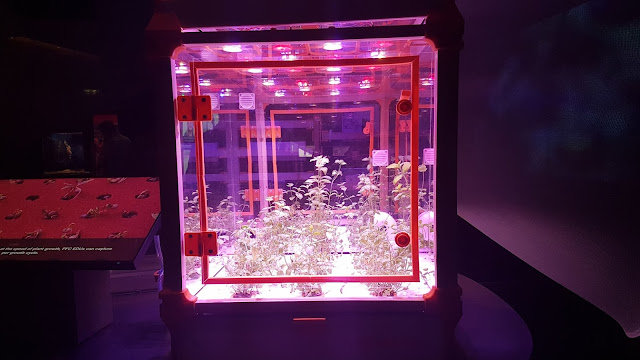Microscopy is a science that dates back to the late 1500s, though historians don’t know exactly who invented it. The introduction of the microscope enabled scientists and researchers to observe a whole new world that was previously hidden from the naked eye. Microscope technology has evolved dramatically in the intervening centuries, giving scientists and researchers the ability to observe some of the smallest particles in the universe.
By Emily Newton
Improvements in microscope technology have led to a plethora of discoveries — and a massive collection of data, more than even the most skilled scientists could sort through in a lifetime. That’s where deep learning comes in. What is deep learning microscopy? How can researchers capitalize on this technology moving forward?
Improvements in Microscopic Imagery
According to a recent survey, microscopy appears in upwards of 90% of life science-related publications in one form or another. Since the inception of the technology, what’s changed is the reliance on digital imagery, capturing the information in pixels for further study instead of relying solely on the researcher’s observations. These digital images are an invaluable tool for further research and study. Still, researchers generate so many of them each day that turning this raw data into actionable insights becomes more challenging.
Imagine having to sort through and catalog a thousand images every single day. It seems like a manageable task until a thousand more appear each day — and the number of actual digital microscopy images generated daily is likely much higher.

Understanding Deep Learning
Understanding how deep learning is changing microscopy begins with understanding the technology itself. Experts define deep learning as “a type of machine learning and artificial intelligence (AI) that imitates the way humans gain certain types of knowledge.” These programs quickly become an integral part of the data science industry, contributing to fields like statistics and predictive modeling.
Humans learn through repetition and reinforcement. Think of a toddler learning the basics of their first language. They learn that each thing they encounter has a word assigned to it — dog or bottle or spoon — and how to differentiate those items from the rest of the world. As the child grows, it learns that there can be different breeds of dogs — german shepherd, golden retriever, chihuahua — and while they are all dogs, each one has a different name. This linear education is how deep learning systems collect and store data.
The difference between these systems and the human mind lies in recall and application. Deep learning systems don’t forget information like the human mind and are programmed for perfect recall. To stick with the example from above, a deep learning system programmed to identify dog breeds will be able to continue to identify specific dogs or breeds with the same efficacy, regardless of how long ago it learned the information.
Deep Learning Microscopy
What do dogs and deep learning have to do with microscopy?
While it isn’t the only tool necessary for modern microscopy, deep learning is quickly becoming invaluable. The more information a deep learning system has access to, the smarter it becomes and the more connections it can make. It’s a lot easier to see patterns if the whole picture is visible and that’s what deep learning microscopy provides.
Image segmentation is one practice that is helping researchers make the most of their digital microscopic images. Instead of focusing on the picture, image segmentation breaks it down into sets of pixels. This segmentation makes it easier to spot objects of interest in what might otherwise be a crowded image. Traditional image segmentation is both time and labor-intensive, making it more difficult for researchers to complete their tasks promptly.
Deep learning microscopy helps to streamline workflows and save researchers a lot of time, freeing them up to complete other tasks that may also be vital to their work. Training the deep learning algorithms is often as simple as feeding data into the system and ensuring that the output is what the scientists are looking for. Once they confirm the system’s accuracy, a deep learning system can become as much a team member as any human researcher.
Deep learning microscopy isn’t a perfect solution, nor is it a replacement for human researchers. These systems still require continual monitoring to ensure accuracy and need to be programmed before they can offer any actionable insights. With the sheer amount of digital microscopic images generated by the life sciences sectors every year, the implementation of deep learning can help fill in some of the gaps and make connections that even the most skilled researcher may miss.
Looking Forward
Deep learning microscopy might be in its infancy. Still, with the amount of digital microscopic imagery that happens every day, it has the potential to become one of the most invaluable tools in the life sciences toolbox. The data sciences sector is growing exponentially and finding a niche in nearly every field and industry. Researchers are beginning to understand all the potential applications of this technology. Deep learning and microscopy will continue to evolve, hand in digital hand, as research moves into the future.
Pharmaceutical Microbiology Resources (http://www.pharmamicroresources.com/)






